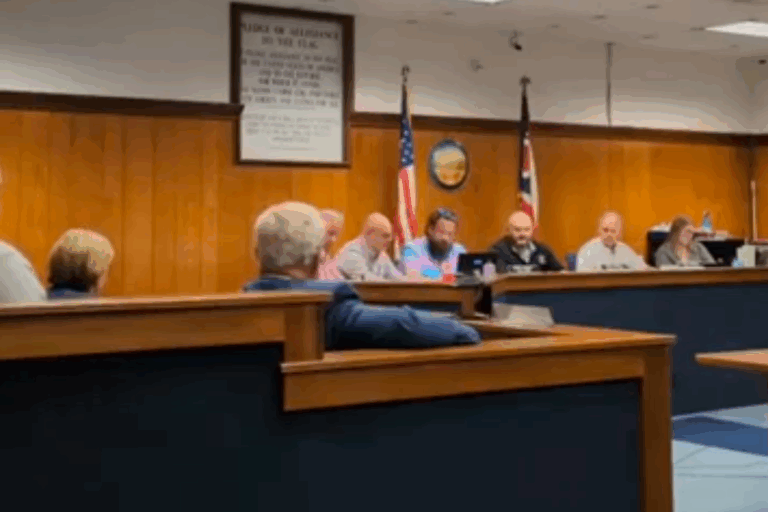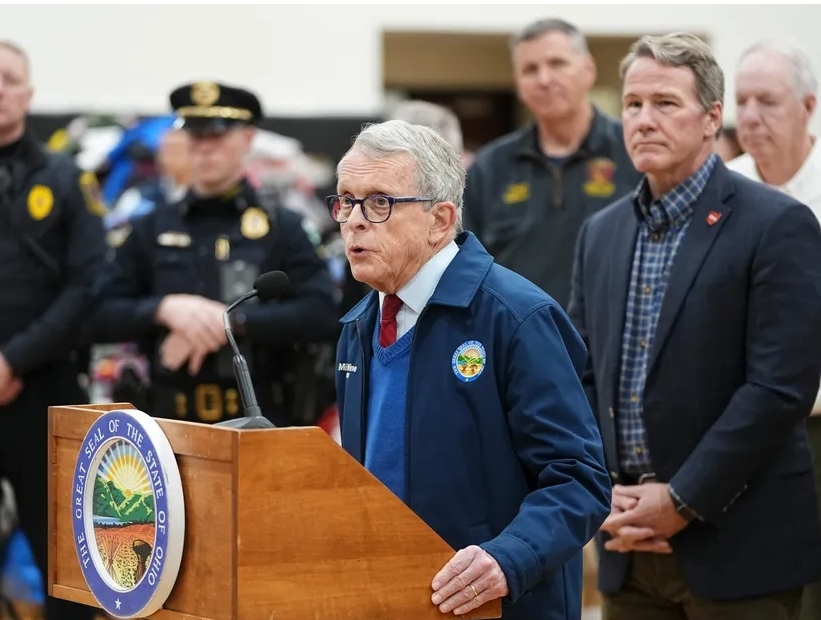
Ohio Governor Mike DeWine speaks to the media.
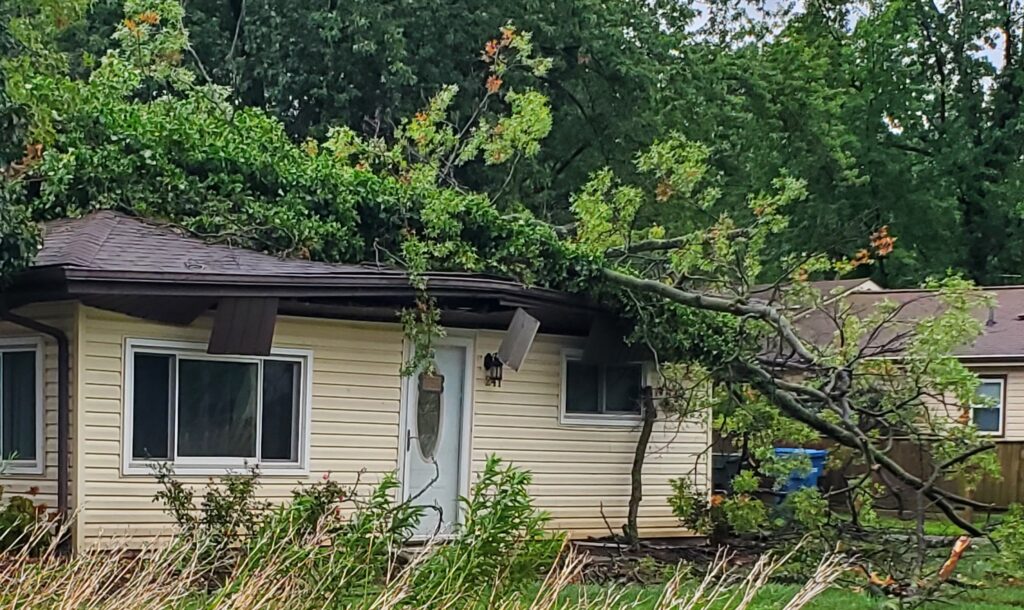
Ohio Governor Mike DeWine has mobilized state agencies to assist in the aftermath of recent storms that wreaked havoc across Northeast Ohio. The severe weather brought heavy rain, strong winds, and widespread flooding, leaving many communities grappling with damage to homes, infrastructure, and power outages. In response, Governor DeWine has instructed state agencies to coordinate with local authorities to expedite recovery efforts, offering a lifeline to those affected.
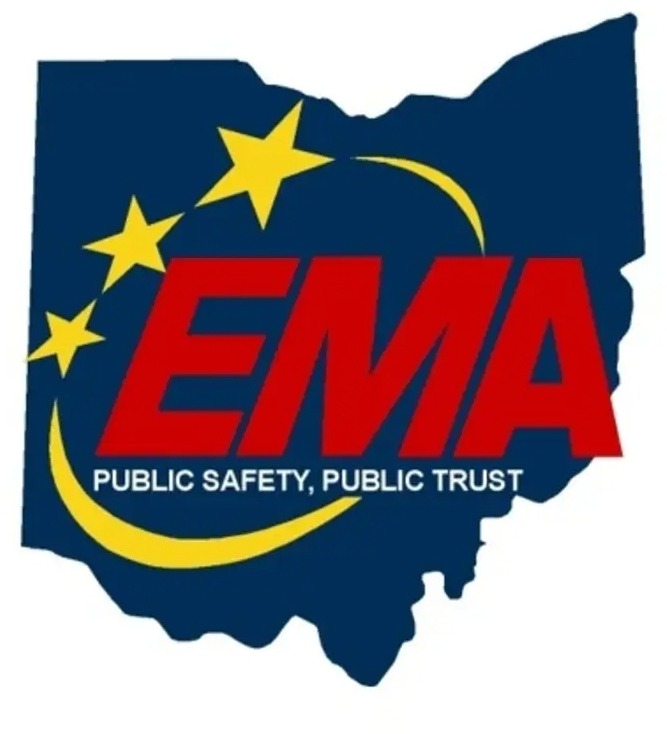
Governor DeWine’s prompt action has been met with praise from local leaders and residents alike. His quick mobilization of resources, including the Ohio Emergency Management Agency and the Ohio Department of Transportation, has been crucial in addressing the immediate needs of storm-stricken areas. The governor’s focus on ensuring that state resources are readily available to support local efforts has provided much-needed reassurance to those struggling in the aftermath of the storms. This swift and decisive response has been seen as a testament to his commitment to the well-being of Ohioans.
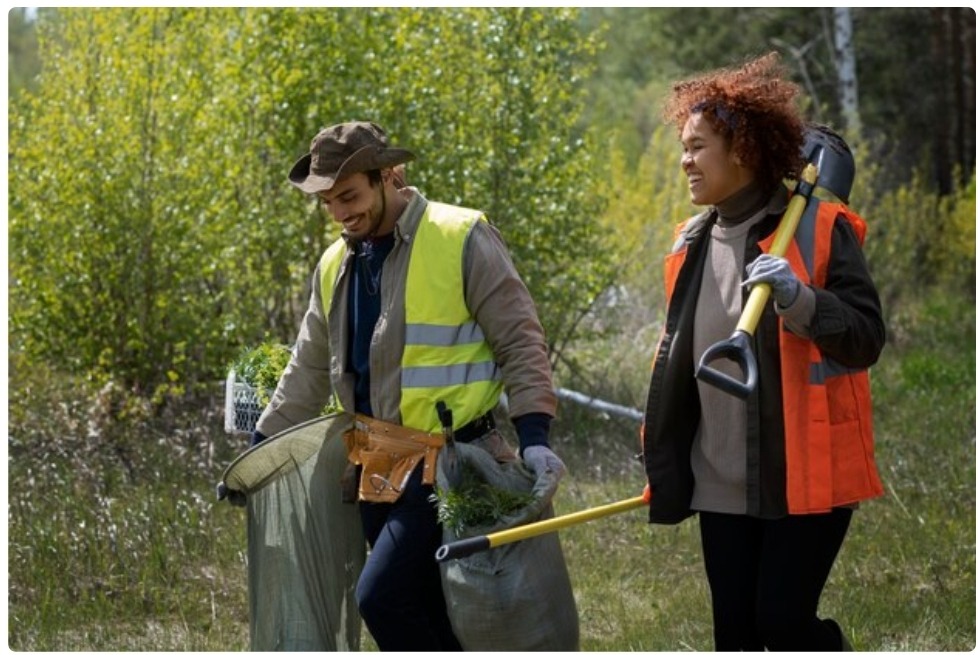
However, despite these efforts, there has also been criticism of Governor DeWine’s handling of the situation. Some critics argue that the state’s response, while timely, has been insufficient in addressing the full scale of the damage. Concerns have been raised about the availability of long-term resources for rebuilding, particularly in smaller, rural communities that may not have the same access to state support as larger cities. Additionally, some have pointed out that more proactive measures could have been taken to mitigate the storm’s impact, such as improving infrastructure resilience and updating emergency preparedness plans.

As recovery efforts continue, the focus remains on how effectively state agencies can support the rebuilding process. While Governor DeWine’s response has been commendable in many respects, the challenges ahead will likely determine the lasting impact of his leadership in this crisis.



